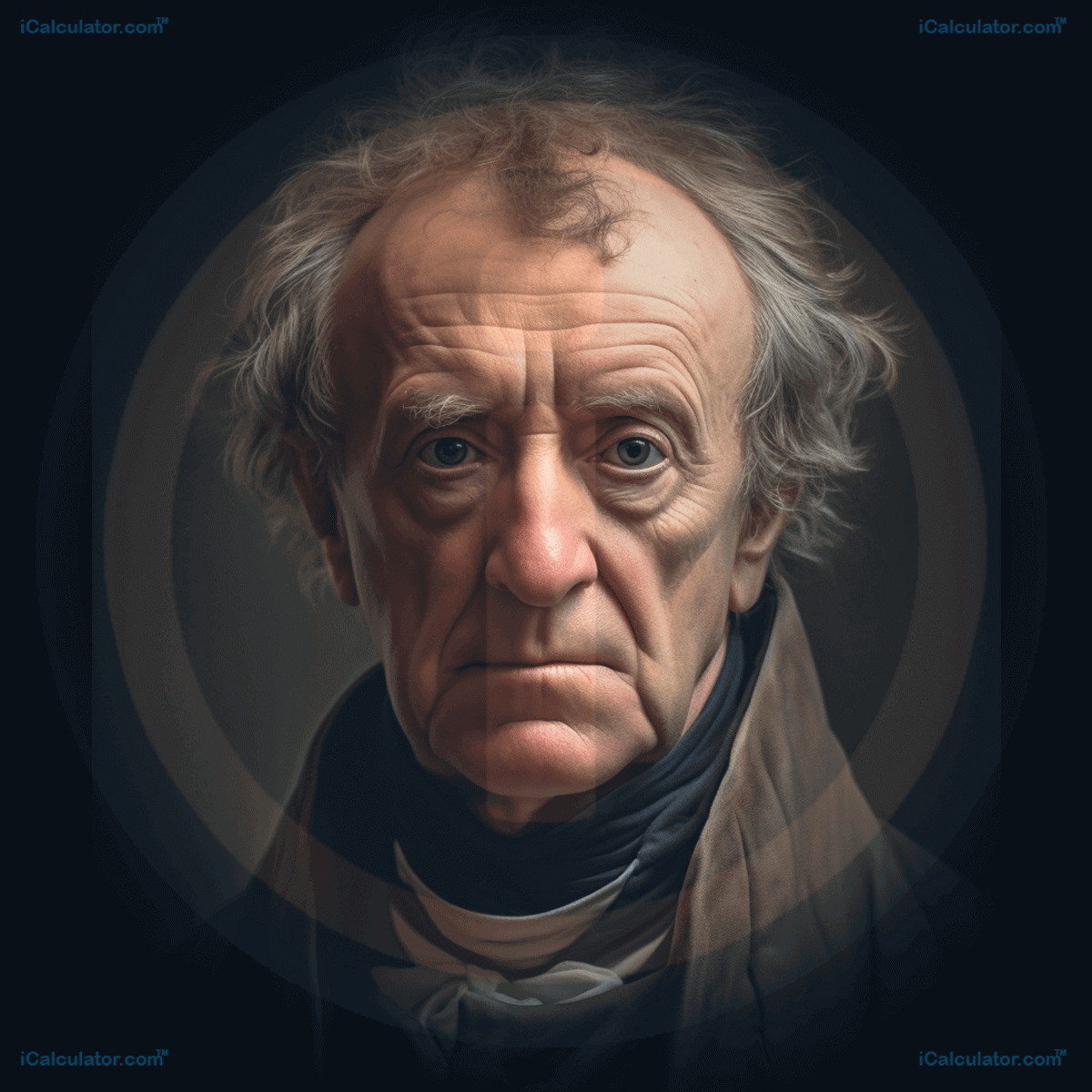Menu
Thomas Young: Master of Light and Vision

Please provide a rating, it takes seconds and helps us to keep this resource free for all to use
About Thomas Young
Born on June 13, 1773, in Milverton, Somerset, England, Thomas Young was a prodigious child who grew up to become a polymath with significant contributions to various fields including physics, medicine, and Egyptology. Young passed away on May 10, 1829, in London.
From an early age, Young showed a remarkable aptitude for learning, studying Latin and Greek as a child. His keen interest in the natural world drove him to study at the University of Göttingen and the University of Edinburgh, before moving on to Emmanuel College, Cambridge. He later practised as a physician in London.
Young was driven by a relentless curiosity and a desire to understand the natural world. This led him to tackle complex topics in various scientific fields, producing work that was often ahead of his time. Outside of his scientific pursuits, Young was also interested in linguistics and was known to be proficient in several languages.
Young's Discoveries
Thomas Young's explorations led to many discoveries, but the most significant is perhaps the demonstration of the wave theory of light. His famous double-slit experiment, in which he shone light through two slits and observed an interference pattern, provided strong evidence for light behaving as a wave, an idea that was not fully accepted at the time.
He also made significant contributions to our understanding of human vision, proposing the trichromatic theory, which posits that the eye uses three receptor types to perceive color. Young faced significant criticism and resistance for his pioneering ideas, which were often ahead of his time. Yet, his perseverance and dedication to science were instrumental in advancing our understanding of the world.
Young's Key Achievements
Some of the notable achievements of Thomas Young include:
- Proof of the wave theory of light through the double-slit experiment.
- The development of the trichromatic theory of color vision.
- Contributions to the decipherment of the Rosetta Stone, significantly advancing the field of Egyptology.
Young's contributions spanned many scientific fields, from physics to Egyptology, reflecting his polymathic approach to understanding the world. His achievements have had a lasting impact on our understanding of light, vision, and ancient civilizations.
Young's Formulas
Thomas Young is best known for his work on the wave theory of light, which resulted in the principle known as Young's modulus, a measure of the stiffness of a solid material. The formula for Young's modulus is:
The Formula for Young's Modulus
Where:
- E: Young's Modulus
- σ: Stress
- ε: Strain
This formula provides a measure of the stiffness of a solid material and has significant applications in engineering and material science.
Thomas Young Tutorials and Calculators
The following tutorials and calculators are influenced by the work the great physicist Thomas Young, each calculator contains a tutorial that explains Thomas Young in the field